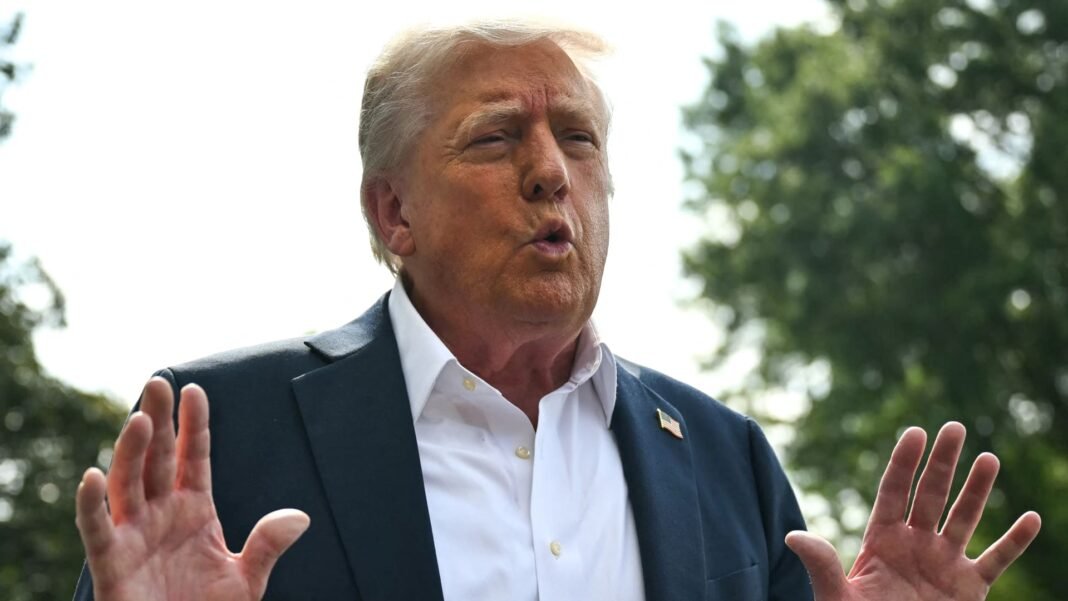How leading Banks Are Adapting to the Stablecoin Revolution
The Rise of Stablecoins in Modern Finance
stablecoins represent a class of cryptocurrencies designed to maintain a steady value by being linked directly to traditional fiat currencies like the U.S. dollar. Unlike highly volatile digital assets such as bitcoin, stablecoins offer price consistency, making them increasingly popular for everyday transactions and cross-border settlements.
By early 2025, JPMorgan Chase announced intentions to launch its own proprietary stablecoin tailored specifically for its clientele. This initiative differs from widely used market stablecoins that serve multiple platforms and institutions globally.
JPMorgan’s Strategic Outlook on Stablecoin Integration
Jamie Dimon, CEO of JPMorgan Chase, has expressed cautious interest in stablecoins despite his longstanding skepticism toward cryptocurrencies. During a recent earnings call, he remarked that while he acknowledges the legitimacy of these digital assets, he questions why users would prefer them over traditional payment methods.
Nevertheless,with JPMorgan processing nearly $12 trillion daily as of early 2025 through its global payments network,Dimon recognizes the necessity for his institution to engage with emerging payment technologies like their own JPMorgan deposit coin alongside other stablecoin projects.
Navigating Competition from Fintech Innovators
The rapid growth of fintech companies poses significant challenges for established banks. These nimble startups are developing innovative solutions that mimic core banking services such as account management and rewards programs but delivered entirely through digital channels.
“These competitors are incredibly savvy,” Dimon noted. “Thay’re creating bank-like accounts integrated into payment ecosystems; we must remain proactive by participating actively.”
Banks Exploring Proprietary Digital Currencies and Custody Services
Citi executives have revealed ongoing evaluations regarding launching a Citi-branded stablecoin as part of their broader strategy in this evolving landscape. Their focus extends beyond tokenized deposits to include offering custody services for crypto assets-a sector forecasted to experience significant growth over the next five years.
Similarly, Bank of america’s CEO Brian Moynihan has voiced openness toward entering the stablecoin space once regulatory frameworks become clearer and more defined.
A United Front: Collaborative Efforts Among Banks
An effective approach may involve traditional banks collaborating via consortia such as Early Warning Services-the organization behind Zelle-to develop shared digital currency platforms capable of competing with fintech giants like PayPal and Cash App’s instant payment systems.
“That’s an excellent question; we’re exploring all options,” Dimon responded when asked about potential partnerships among major banks on these initiatives without providing further details.
The Regulatory Landscape Shaping Future Innovations
The swift evolution of blockchain-based payments is transforming how financial institutions manage money movement worldwide. Throughout 2025, regulators have been progressively clarifying rules surrounding digital assets-introducing proposals aimed at increasing clarity while safeguarding consumers against fraud or systemic risks.
- $12 trillion: Estimated daily transaction volume processed by JPMorgan chase (early 2025).
- Zelle: A peer-to-peer payment platform developed collaboratively by U.S.-based banks competing against PayPal and Cash App’s instant transfer services.
- Citi & BofA: Prominent financial firms actively investigating proprietary stablecoin issuance pending regulatory approval.
- Evolving regulations: New frameworks expected throughout 2025 designed to legitimize crypto-assets while mitigating associated risks effectively.
A Transformative Era in Banking Payments Technology
The convergence between established financial powerhouses and emerging cryptocurrency innovations marks a pivotal shift toward hybrid models blending reliability with technological agility.As developments unfold during 2025, industry observers will keenly monitor how major players balance prudent caution with bold innovation within this dynamic ecosystem centered around stablecoins.





